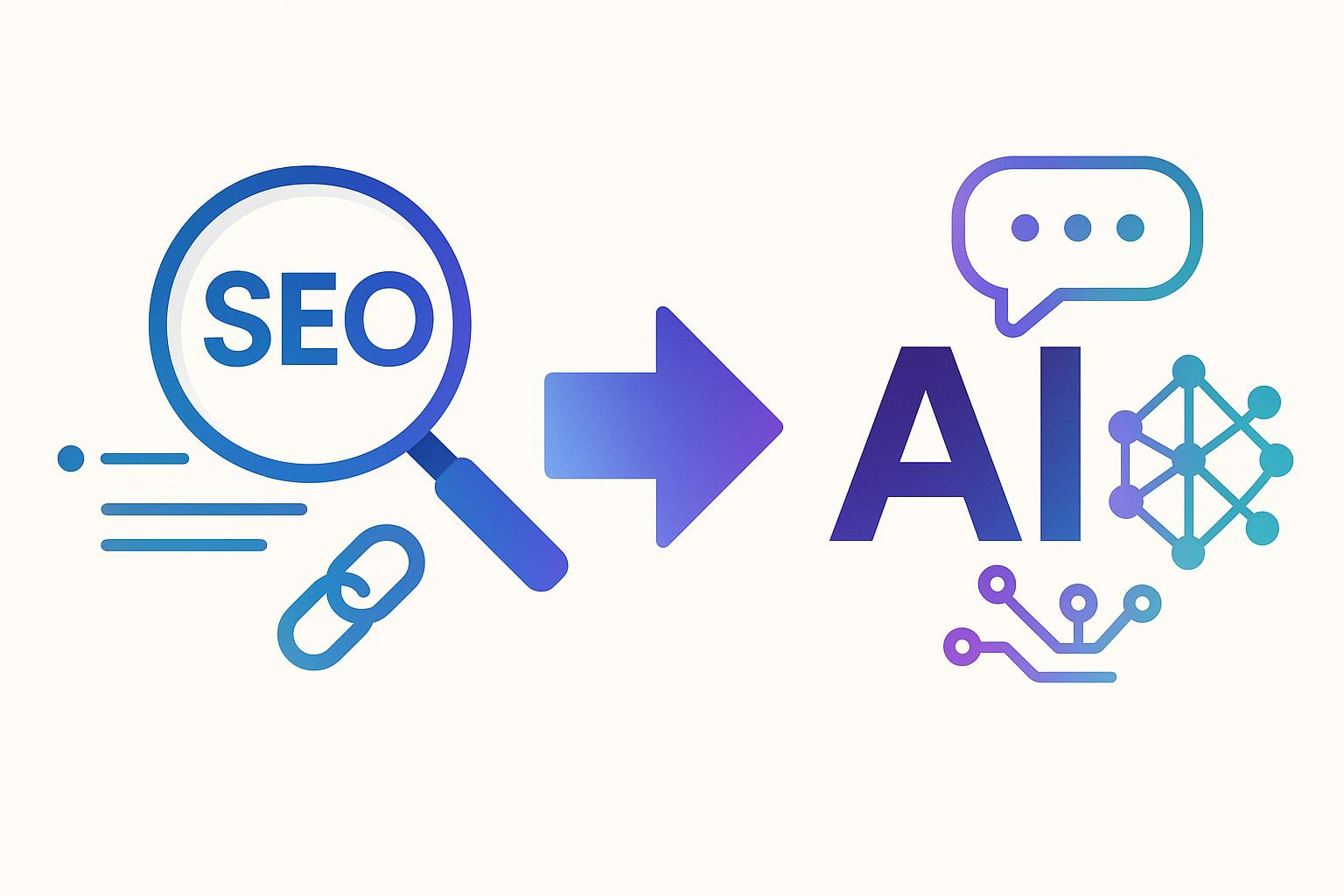
SEO vs. AI SEO: Understanding the Key Similarities and Differences
Discover the critical differences between traditional SEO and AI SEO, and learn how to adapt your strategy for the AI-powered future of search.
RivalSee Team
15 min read
AI Marketing
Learn how to track brand mentions in AI-generated content. Discover the best AI content monitoring tools and strategies to measure your brand's visibility in ChatGPT, Claude, and more.
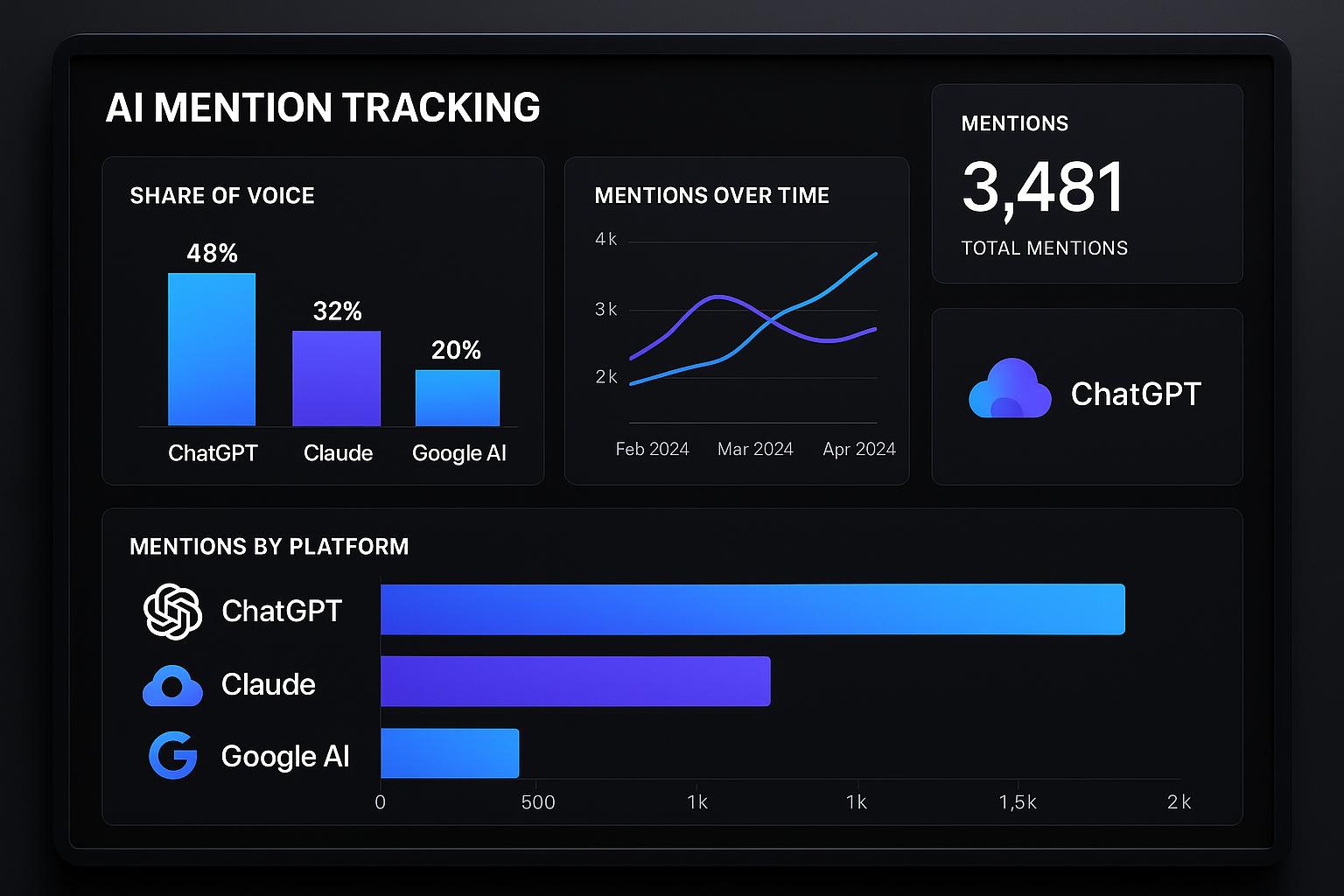
For years, marketers have mastered the art of tracking brand mentions across social media, news sites, and forums. But a new digital frontier has emerged, and it’s powered by artificial intelligence. When a potential customer asks ChatGPT for a product recommendation or Google’s AI Overviews for a solution to their problem, is your brand being mentioned?
If you don’t know the answer, you’re not alone. The rise of large language models (LLMs) and conversational AI has created a significant blind spot for many businesses. Traditional media monitoring tools weren’t built for this closed-box environment.
Understanding and tracking your brand’s presence in AI-generated responses is no longer a futuristic concept—it’s a critical marketing function for 2025 and beyond. These mentions influence purchasing decisions, shape brand perception, and represent a powerful new channel for organic discovery.
This guide will provide a comprehensive overview of how to track AI mentions. We’ll explore everything from specialized software to manual prompting techniques, helping you understand not only if you’re being mentioned, but how to improve your visibility in this new era of AI-driven search.
The shift from a list of blue links to a single, conversational answer is one of the most significant changes in digital information discovery. Failing to adapt means risking invisibility. Here’s why tracking your brand’s presence in AI is crucial.
In essence, learning how to track brand mentions in AI is the first step toward optimizing for AI search, the next evolution of SEO. For a comprehensive understanding of how AI SEO differs from traditional SEO, check out our complete guide to SEO vs. AI SEO.
Tracking mentions within AI responses requires a different approach than traditional web monitoring. The methods range from highly sophisticated, automated platforms to systematic manual checks. Here’s a breakdown of the most effective approaches.
As the need has grown, a new category of software has emerged specifically designed to audit AI-generated content. These platforms offer the most scalable and insightful solution.
One of the first movers in this space is RivalSee, an AI search visibility platform built to solve this exact problem. Instead of simply checking for keywords, it simulates how real customers search for information, providing a much more accurate picture of brand visibility.
Its key strengths lie in its sophisticated, multi-platform approach:
For businesses serious about winning in AI search, a dedicated tool like this offers the depth and efficiency that manual methods lack.
Tools like Brand24, Mention, and Talkwalker are excellent for monitoring the public web. They can alert you when your brand is mentioned in a new blog post, news article, or social media conversation.
While this is still incredibly valuable—as this content forms the training data for future AI models—they have a critical limitation: they cannot directly track what the AI says in a private, generated response.
For a complete strategy, many businesses will use traditional tools to monitor source material and specialized AI content monitoring tools to analyze the final AI output.
If you’re just getting started or have limited resources, you can begin tracking AI mentions manually. While time-consuming, this process can provide foundational insights into your AI visibility.
Quick Answer: How to Manually Track AI Mentions
- Select Your AIs: Choose 2-3 key models to test (e.g., ChatGPT, Google AI, Claude).
- Develop a Prompt List: Create a list of 20-30 questions your target customers would ask. Include direct, comparative, and problem-based prompts.
- Execute and Document: Run each prompt through each AI. Record the results in a spreadsheet.
- Analyze the Data: Note the date, prompt, AI model, whether your brand was mentioned, the position of the mention, and which competitors were featured.
- Repeat Regularly: AI models are updated constantly. Repeat this process monthly or quarterly to track changes over time.
The key to effective manual tracking is consistency. Your prompts should mirror the entire customer journey.
A simple spreadsheet is all you need to get started. Create columns for:
This manual database will quickly show you how labor-intensive this process is, often highlighting the value of an automated solution for scaling your efforts.
Collecting data is only the first step. The real value comes from analysis. Whether you’re using a spreadsheet or a sophisticated platform, focus on these key metrics to measure brand visibility in AI.
Monitoring is a defensive and diagnostic activity. Optimization is an offensive one. Once you have a baseline, the next logical question is how to get your brand mentioned by AI more often. The answer lies in building digital authority. AI models are, at their core, pattern-recognition machines that learn from the vast expanse of the internet.
To be mentioned by AI, you must be a prominent, trusted, and authoritative entity online.
This is the cornerstone of any AI visibility strategy. AI models prioritize information from sources that demonstrate expertise, authoritativeness, and trustworthiness (a concept Google calls E-E-A-T).
AIs don’t just read keywords; they understand entities (people, places, brands, concepts) and the relationships between them.
AI models place enormous weight on third-party validation. They learn what is “best” by observing what trusted sources say is best.
By using data from your monitoring efforts, you can pinpoint exactly where to focus. For example, once you track brand mentions in AI using a platform like RivalSee, you can analyze why competitors are being mentioned. Does the AI consistently cite a specific review site or a competitor’s pillar blog post? This data provides a direct roadmap for your own content and digital PR strategy, allowing you to close the gap.
The world of generative AI is evolving at an incredible pace. Looking ahead, tracking will only become more complex and more critical.
Learning how to track AI mentions is no longer an option for forward-thinking brands; it’s a fundamental component of a modern marketing strategy. The conversations that were once had with friends or sales reps are now being held with AI assistants, and your brand’s presence in those conversations will directly impact your bottom line.
Key Takeaways:
To get started, define a list of 10-20 core questions your customers ask. Test them manually across ChatGPT and Google’s AI Overviews. The insights you gather, even from this small sample, will illuminate the importance of this new channel and help you build the case for a more robust AI visibility strategy.
For Digital Marketing Agencies: Managing AI visibility for multiple clients? Our specialized guide to The Best AI Visibility Tracking Tools for Digital Marketing Agencies covers agency-specific features, client reporting, and scalable monitoring solutions.

Discover the critical differences between traditional SEO and AI SEO, and learn how to adapt your strategy for the AI-powered future of search.
RivalSee Team
15 min read
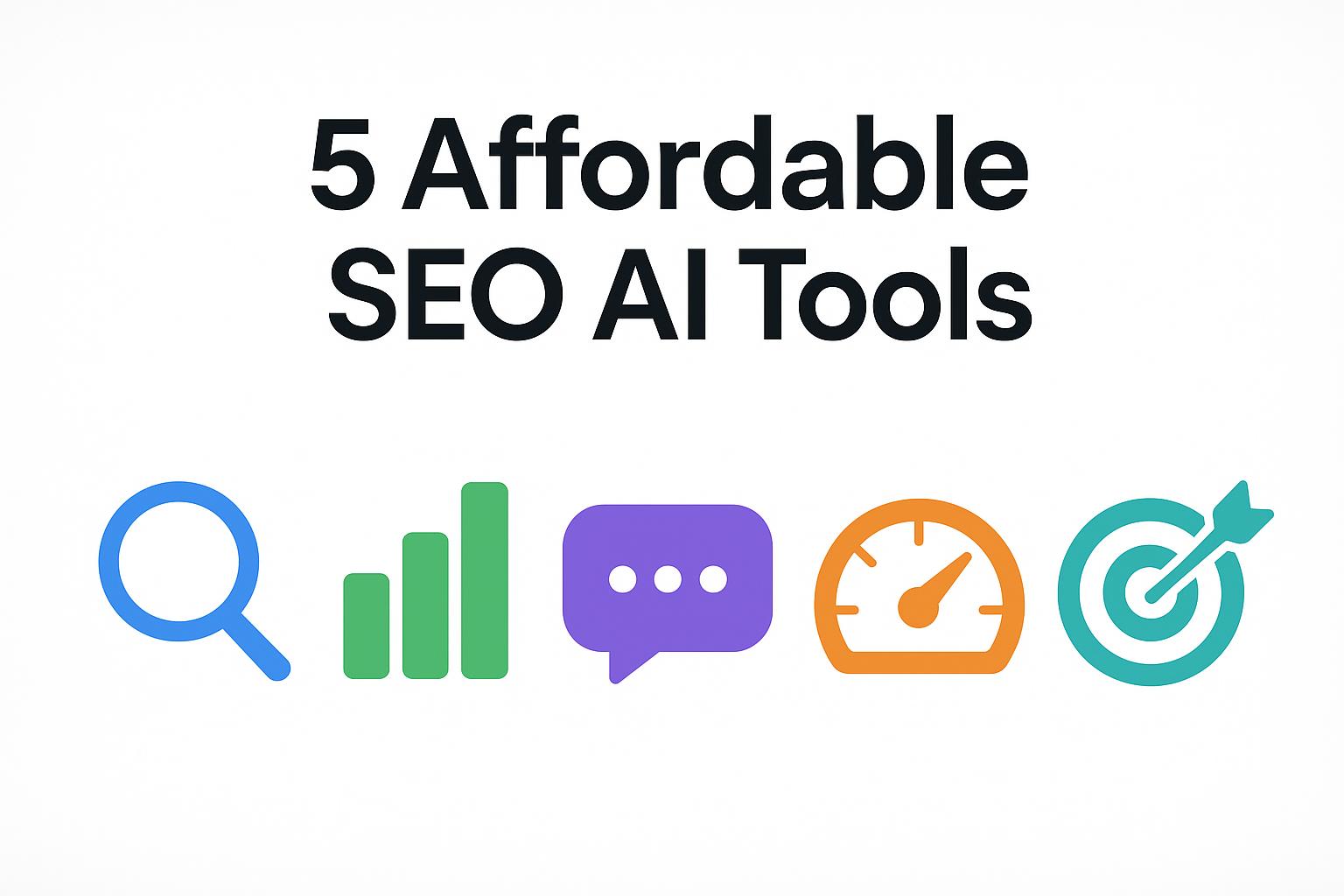
Searching for cost-effective Profound AI SEO monitoring alternatives? Explore affordable AI SEO tools for businesses, compare pricing, and find the best platform to track your visibility in AI-generated answers.
RivalSee Team
10 min read
Continue learning with these related insights.
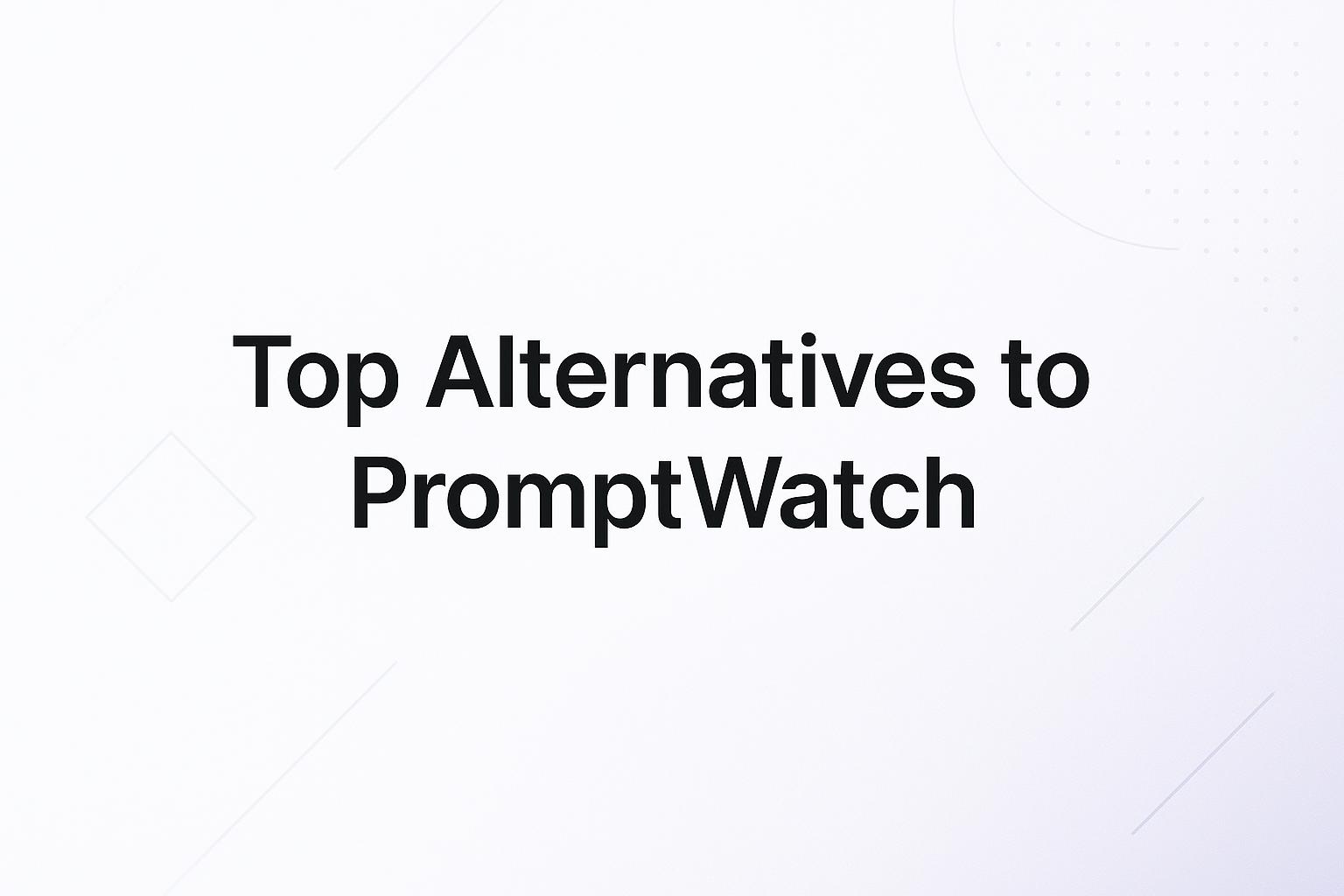
Explore leading PromptWatch alternatives and discover AI search visibility platforms to optimize your brand's presence in generative AI results.
RivalSee Team
10 min read
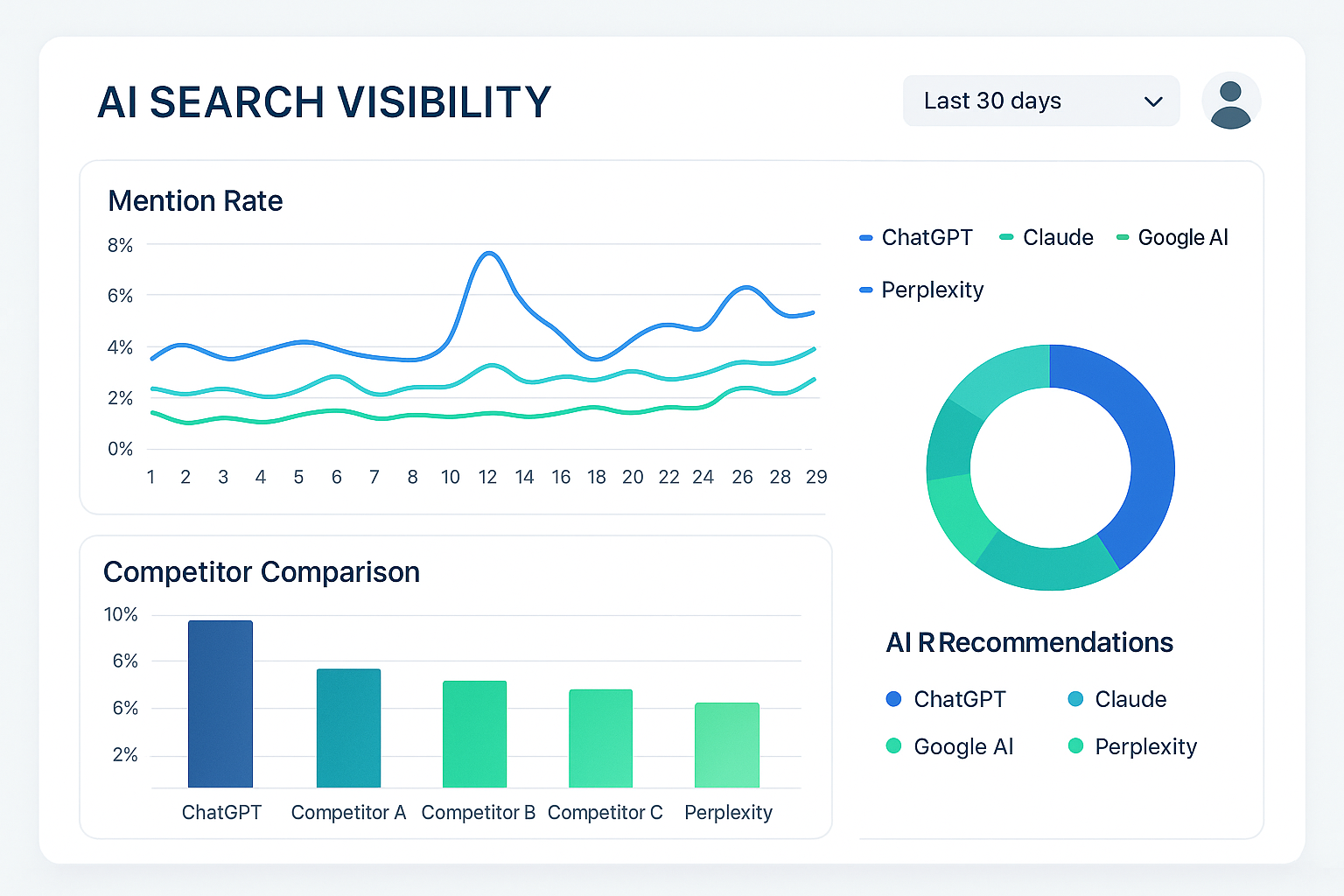
Discover specialized AI visibility tracking platforms that monitor your brand's presence in ChatGPT, Claude, and other AI systems. Compare features, pricing, and capabilities.
RivalSee Team
12 min read
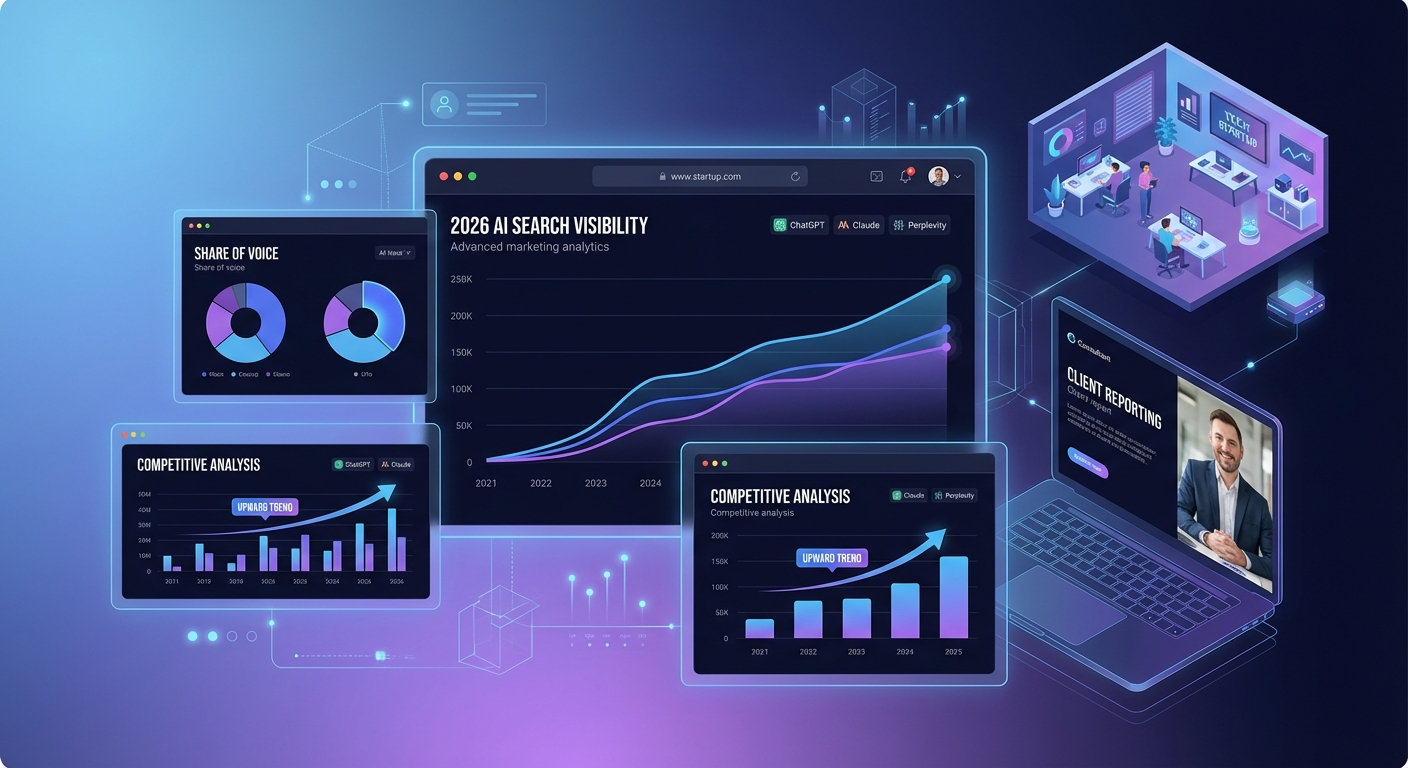
Discover the top AI search visibility and generative engine optimization tracking platforms that help agencies monitor and improve client performance in ChatGPT, Claude, and other AI engines.
RivalSee
12 min read